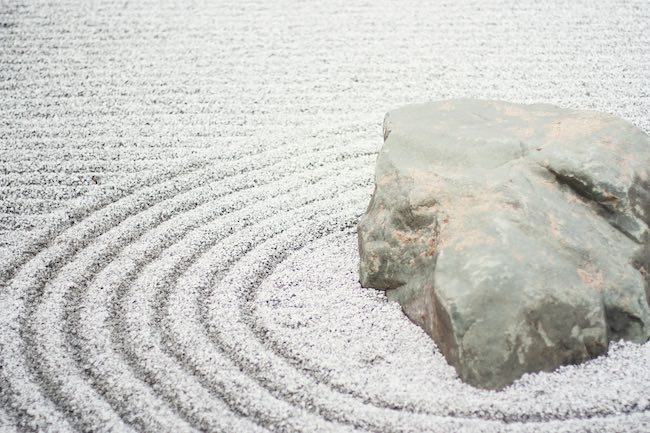How to Make a Zen Garden in Your Backyard

If you design a Zen garden at your backside, don’t forget that it will be a superb process with many benefits, such as the ability to meditate, relax, and enjoy the natural surroundings. Whether you have a cozy corner or a large yard space, this guide will assist you by giving the steps in a bit-by-bit approach. By harmonizing the elements surrounding you, you enhance the visual appeal of your outdoor space and create a soulful retreat to disconnect from the busyness of everyday life. It becomes a reminder of nature’s tranquility and simplicity.
Step 1: Planning Your Zen Garden Layout
Make sure you are taking adequate time to plan your Zen garden’s design well enough before you start planting or arranging for the stones. Decide on the available space and figure out the space you want to devote to your garden. A typical Zen garden will be a path designed with stones, guiding people through the garden and offering them a chance to make a leisurely walk slowly and mindfully.
Adding things like stones, water features, and greenery is highly essential. When it comes to the water, they may use either gravel or natural water (depending on their scenario) to induce smoothness and purity; it’s all in the show. When it comes to plants, pick the ones that can easily be maintained, such as moss, small shrubs, or herbs, but they can only be designed for a peaceful and serene environment.
Ensure your layout provides an option for eco-friendly disposal to prevent using pesticides, thus preserving the natural balance and making your garden area a paradise of eco-friendliness.
Step 2: Choosing the Right Materials
Choosing materials that convey correctly for a Zen garden makes a good garden. Sand and gravel are essential for creating water bodies, and larger rocks can be utilized to form points of interest. Some wooden props can be sought after as materials for fencing or gates. First, select fine and even gravel that can be easily raked into water ripples’ patterns for better replication.
Buy quality materials at places where you are sure of the quality the materials will have. Also, be aware of the environmentally friendly properties of the materials you can use. Sustainable sources protect the earth and build up that holism, which is fundamentally essential to the Zen garden.
Step 3: Constructing Your Zen Garden
Start the restoration process by gathering broken items and removing weeds. Lay down with a rake to level the ground, and then apply a weed barrier underneath so that the weeds will not grow from your garden. Next, lay the prime stones: usually, they are odd in number and are putt so that they seem as though they are growing from the ground.
When you finish putting stones to fit, furrow the gravel or sand throughout the garden. You can create a mulch bed in waves around the rocks with a garden rake. Thus, this sweeping is a decorative and meditative practice that enables you to be calm, focused, physically alert, and present in the here and now.
Step 4: Maintaining Your Zen Garden
Maintaining should top your list when you want to keep your Zen garden’s beautiful and serene look. Keeping the gravel clean and preventing it from having leaves and other items will be necessary. Both add to a magical scenery and strengthen these intrinsic features of the garden. Such elements grant the place its appeal and keep it spiritually astounding.
Prune the plants to keep them to the size and shape you have in mind, and remember to maintain the minimalism in your landscape. Employing wooden elements ensures regular care to prevent rot and preserve their looks.
Environmental Considerations and Sustainable Practices
Similarly, you have a responsibility to dispose of waste materials appropriately. Think of someone like organics such as leaves and clippings; composting is a better alternative to discarding. Other than that, you will be performing an environmentally friendly deed by raising the fertilizer available to your garden. For non-organic waste, consult services like those mentioned on https://benandjerry.org.uk/ to know the best disposal methods approved by the regulatory body.
Conclusion
A Zen garden will bring about a sanctuary of calmness where you can self-replenish the waste of a hectic day or you can kick off your day with tranquil meditation. Through the step-by-step instructions, you get more than a garden, expressed as a vibrant medium of peace and harmony that matches nature’s tranquility. Take the Zen aesthetics and designs of Zen gardening as the nuclei of your garden, and then enjoy the tranquility it usually brings to your life.
Building a Zen garden is a process that allows for tranquility and aesthetic delight. Do these steps, and your dream of a beautiful outside spot will be able to say goodbye to your worries and give room to both mental and environmental serenity.


